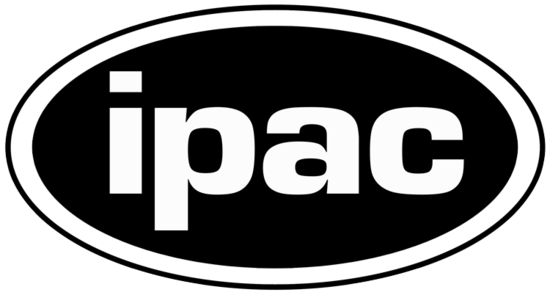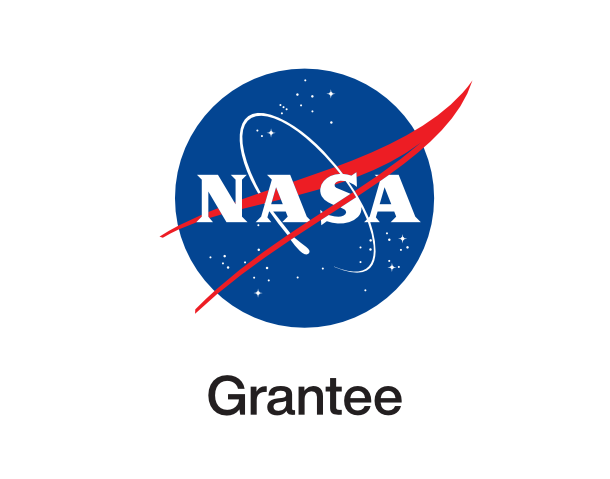NGC 7129

noirlab_noao-n7129block June 11th, 2014
Credit: KPNO/NOIRLab/NSF/AURA/George Seitz/Adam Block
NGC 7129 is a star-forming region that contains many interesting features. Astronomers estimate that many of the bright stars shown here are younger than 1 million years old! These "baby" stars are very energetic and emit copious amounts of radiation that break apart (photodissociate) clouds of natal gas that surrounds them. One edge of this newly formed cavity glows pink due to the excited hydrogen gas in the region. In addition, a small number of very red structures indicate regions where new stars are forming (but are not yet visible directly). These regions are often outflows of gas called Herbig Haro (HH) objects. (The crescent shaped object near the top of the nebula is HH103). Finally, energetic regions like this can often produce molecular masers. A maser (like a laser) is a coherent signal of light, generally at microwave wavelengths. In this case the molecules in this gas region are excited (vibrate) by high-energy photons and re-emit light (microwaves) to us in a preferential manner. The fascinating thing is that the molecules in question are quite important (to us): H2O (water!). This image was taken as part of Advanced Observing Program (AOP) program at Kitt Peak Visitor Center during 2014.
Provider: NOIRLab
Image Source: https://noirlab.edu/public/images/noao-n7129block/
Curator: NSF's NOIRLab, Tucson, AZ, USA
Image Use Policy: Creative Commons Attribution 4.0 International License

- ID
- noao-n7129block
- Subject Category
- Subject Name
- NGC 7129
- Credits
- KPNO/NOIRLab/NSF/AURA/George Seitz/Adam Block
- Release Date
- 2014-06-11T06:00:00
- Lightyears
- Redshift
- Reference Url
- https://noirlab.edu/public/images/noao-n7129block/
- Type
- Observation
- Image Quality
- Distance Notes
- Facility
- Visitor Center 0.5-meter Telescope, Visitor Center 0.5-meter Telescope, Visitor Center 0.5-meter Telescope, Visitor Center 0.5-meter Telescope
- Instrument
- Other CCD, Other CCD, Other CCD, Other CCD
- Color Assignment
- Luminosity, Blue, Green, Red
- Band
- Optical, Optical, Optical, Optical
- Bandpass
- Broad Band, B, G, R
- Central Wavelength
- 555, 438, 475, 625
- Start Time
- Integration Time
- Dataset ID
- None, None, None, None
- Notes
- Coordinate Frame
- ICRS
- Equinox
- J2000
- Reference Value
- 325.548810104, 66.11371498
- Reference Dimension
- 1425.0, 969.0
- Reference Pixel
- 439.979335785, 525.267129898
- Scale
- -0.000214455008222, 0.000215075888723
- Rotation
- 148.41551951458
- Coordinate System Projection:
- TAN
- Quality
- Full
- FITS Header
- Notes
- Creator (Curator)
- NSF's NOIRLab
- URL
- https://noirlab.edu
- Name
- Telephone
- Address
- 950 North Cherry Ave.
- City
- Tucson
- State/Province
- AZ
- Postal Code
- 85719
- Country
- USA
- Rights
- Creative Commons Attribution 4.0 International License
- Publisher
- NSF's NOIRLab
- Publisher ID
- noirlab
- Resource ID
- noao-n7129block
- Resource URL
- http://noirlab.edu/public/media/archives/images/original/noao-n7129block.tif
- Related Resources
- Metadata Date
- 2021-09-20T17:19:23-05:00
- Metadata Version
- 1.1
Detailed color mapping information coming soon...















